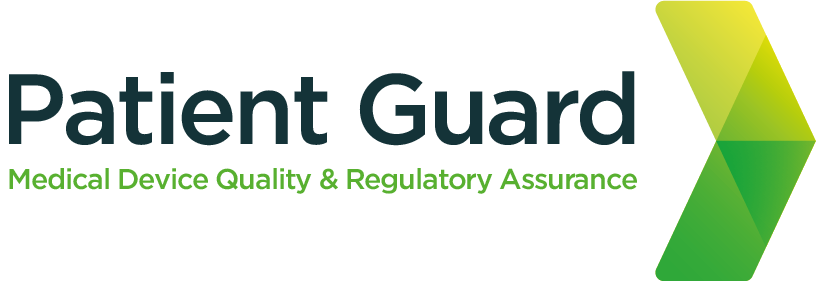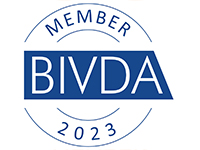EU Regulations
In the EU Medical Devices are regulated under the EU MDR 2017/745 and In Vitro Diagnostics are regulated under the EU IVDR 2017/746.
Typically, A medical device is any instrument, apparatus, appliance, software, implant, reagent, material or other article intended by the manufacturer to be used, alone or in combination, for human beings.


Classification
In the EU Medical Devices are categorised into 6 classes, these are Class I, Class Is (sterile), Class Im (measuring), Class IIa, Class IIb and Class III.
Class I devices are considered to be of low risk, Class II devices as medium risk and Class III devices as high risk.
Depending on the classification of device determines the regulatory conformity pathway that needs to be taken to gain compliance and allow manufacturers to place product on the EU market.
In Annex VIII of the medical device regulations are a number of classification rules. Depending on the type of device and its intended use, it must fit within one of these classification rules. The Classification rules determine if the medical device is class I, class IIa, class IIb or class III.
Difference between Medical Device classes
Class I Medical Devices
A class I medical device is the lowest risk of the classes meaning that the likelihood of a serious injury or a serious deterioration in somebody’s state of health is low. Class I devices do not require certification from a Notified Body. Unless it is class Is or class Im. These classes of medical devices need to be assessed by an approved EU Notified Body who will audit the sterility and measuring aspects of the medical device.
Examples of Class I Medical Devices
- Bandages/Plasters
- Stethoscopes
- Wheelchairs
- Examination lights
- Medical Spoons
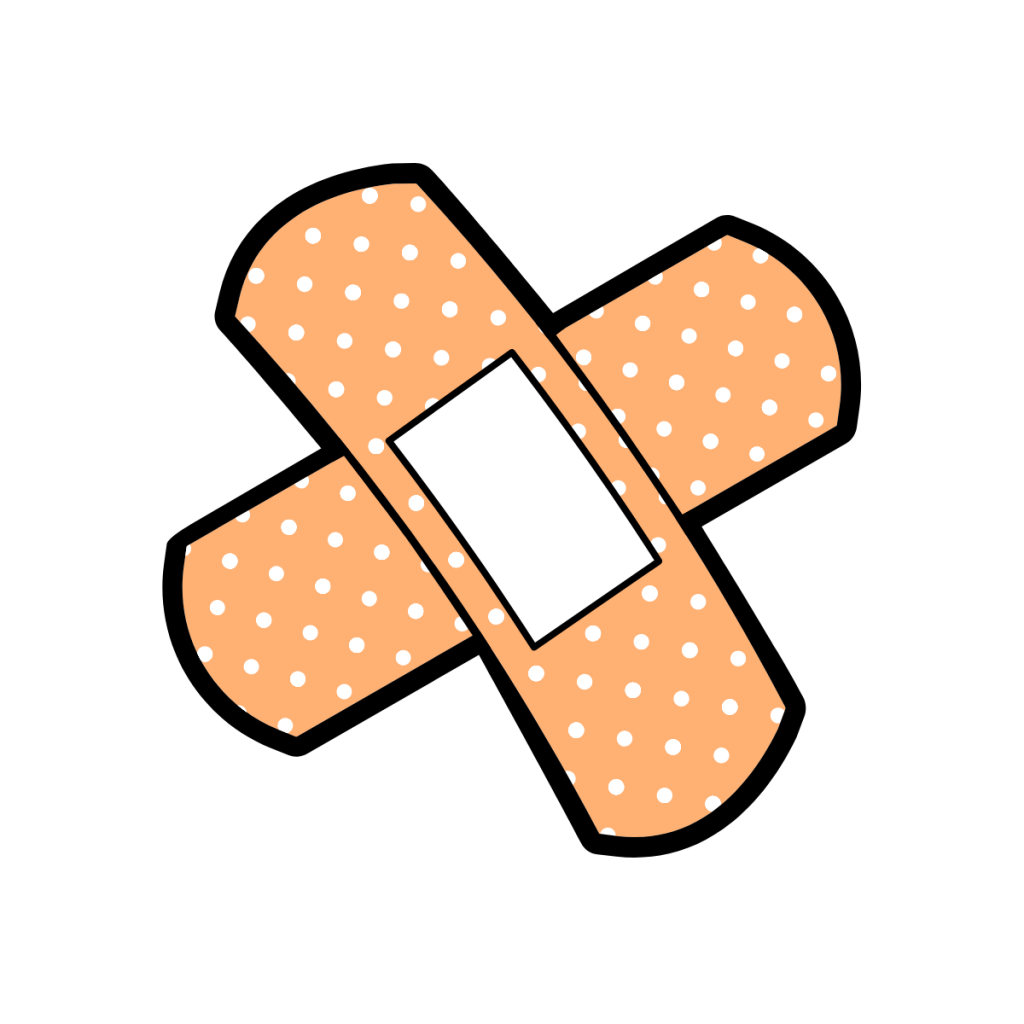

Class IIa Medical Devices
A class IIa medical device is considered to be low/medium risk. These devices are considered to hold a higher risk level than class I medical device. These devices must be certified by a Notified Body before they can be placed on the EU market by a medical device manufacturer.
Examples of Class IIa Medical Devices
- Hearing aids
- Surgical clamps
- Dental fillings
- Contact lenses
- TENS devices
Class IIb Medical Devices
Class IIb medical devices are considered to be medium/high risk. These devices are of higher risk than class IIa medical devices. These medical devices must be certified by a Notified Body before they can be placed on the EU market by a medical device manufacturer.
Examples of Class IIb Medical Devices
- Diagnostic X-ray
- Ventilators
- Bone-fixation plates
- Condoms
- Surgical lasers
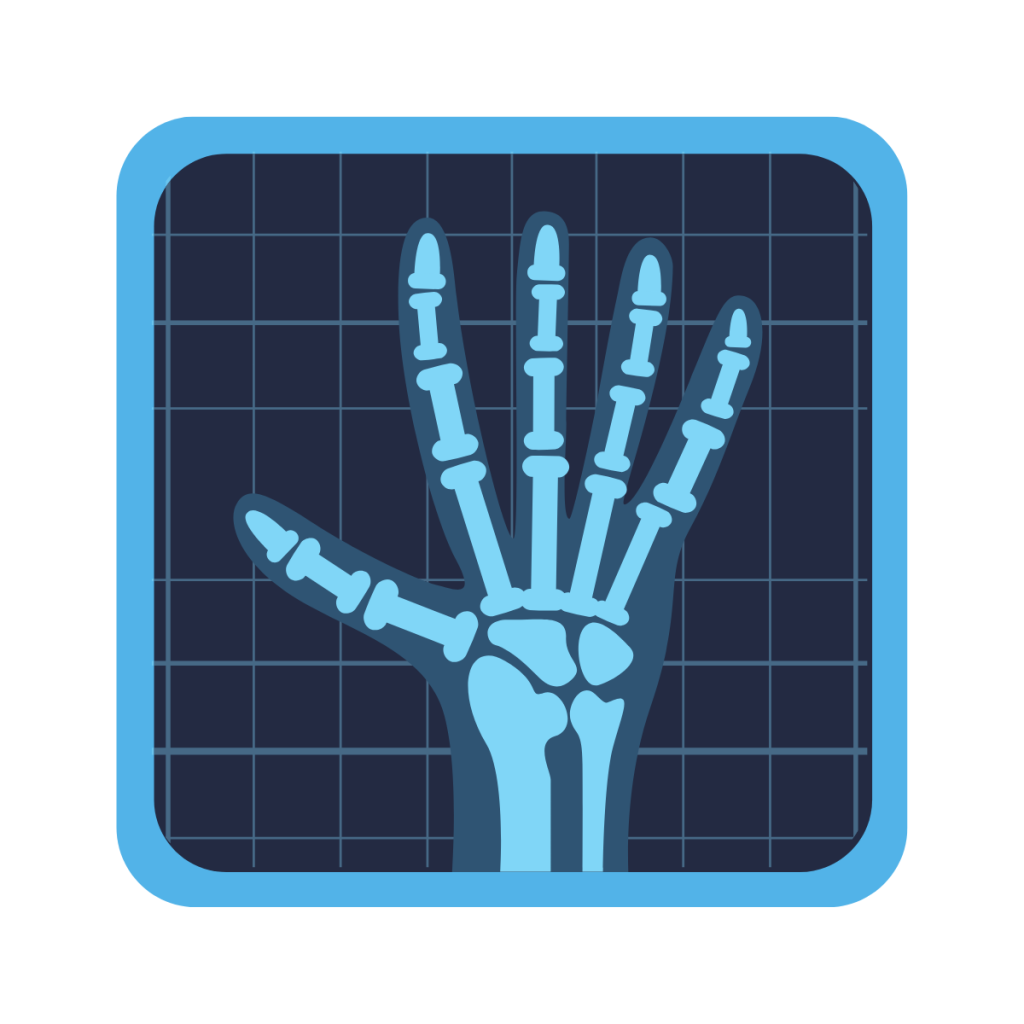
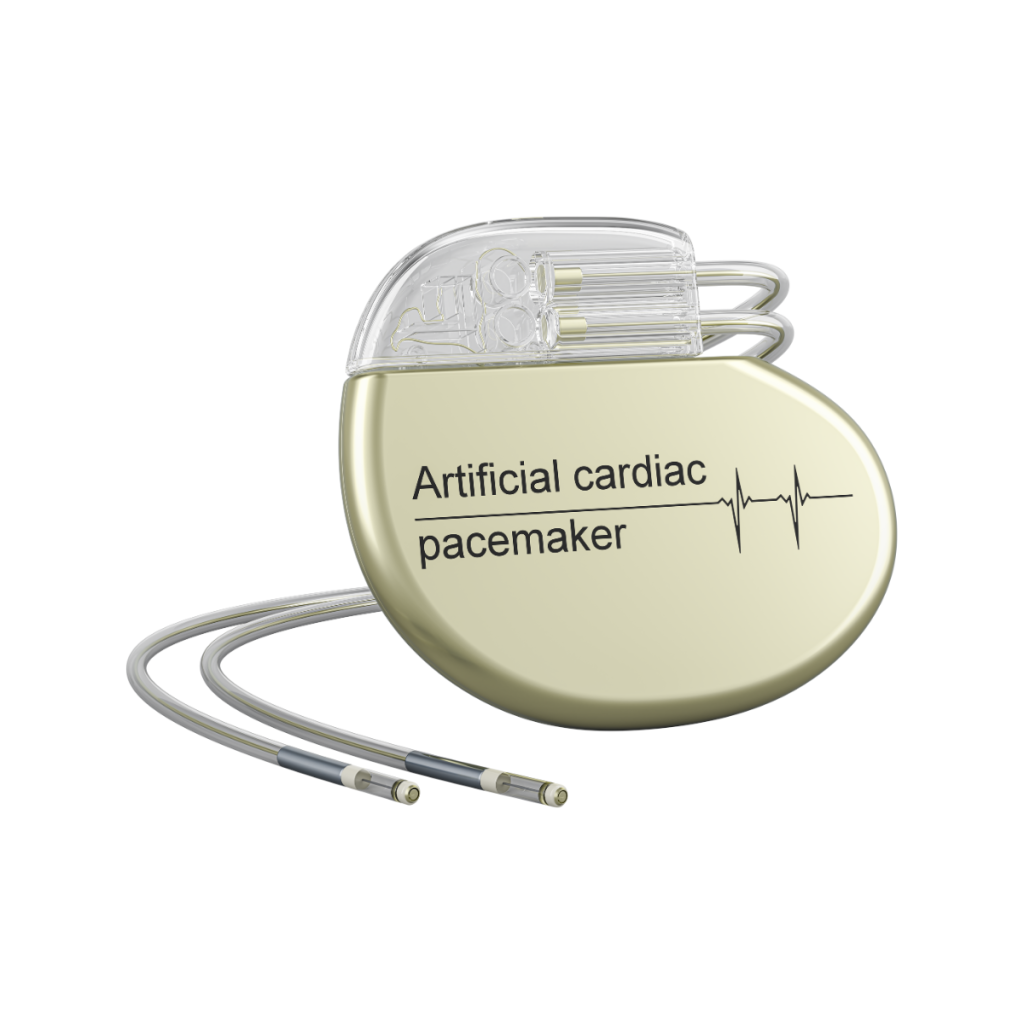
Class III Medical Devices
Class III medical devices are the highest risk medical devices. These medical devices undergo the strictest level of scrutiny and require strict clinical evidence to support their approval. A Notified Body must issue a conformity certificate before these medical devices can be placed on the market by the medical device manufacturer.
Examples of Class III Medical Devices
- Pacemakers
- Heart valves
- Breast implants
- Joint replacement systems
- Contraceptive IUD’s
We can help you with your Medical Device Classification
Classifying a medical device can be a confusing process, especially for medical devices that don’t conventionally fit within the medical device classification rules. If you are stuck on deciding what classification your medical device falls into, then we can help you. At Patient Guard we have worked with hundreds of clients and all manner of medical devices from software to topical creams and combination devices. Our experts are seasoned in working with complex medical devices and can help you on your regulatory journey.
